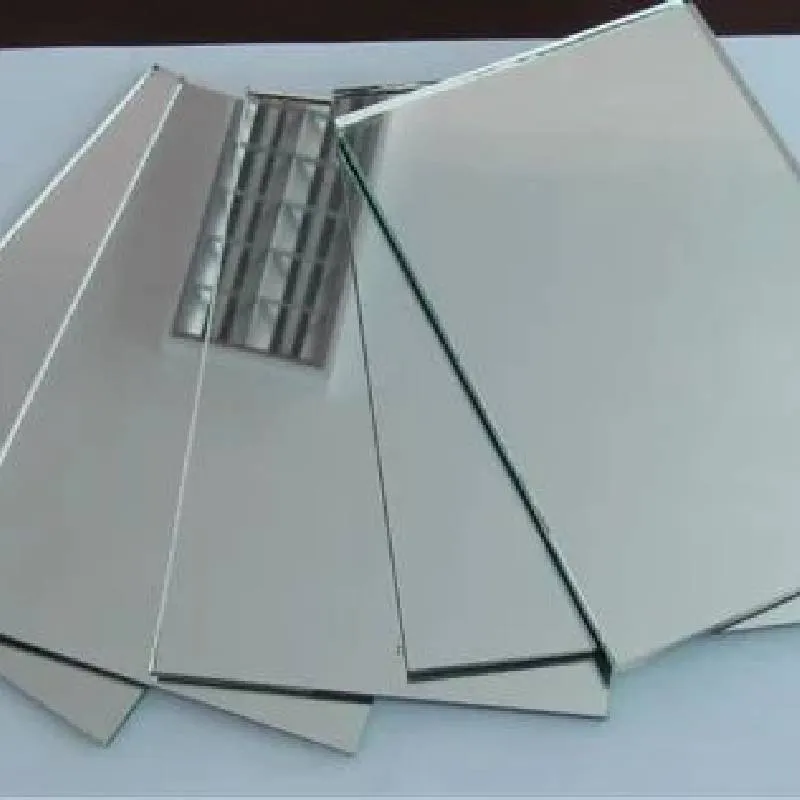

The Benefits of Low Emissivity (Low-E) Glass in Modern Architecture
In recent years, the demand for energy-efficient building materials has surged, driven by a global emphasis on sustainability and reducing carbon footprints. One innovative solution that has gained considerable attention is low emissivity (low-e) glass. This specialized type of glass significantly enhances the energy efficiency of buildings, making it a popular choice in modern architecture.
The Benefits of Low Emissivity (Low-E) Glass in Modern Architecture
One of the most significant advantages of low-e glass is its ability to reduce heating and cooling costs. Buildings equipped with this type of glass can maintain optimal indoor temperatures with less reliance on heating and air conditioning systems. During hot summer months, low-e glass can reflect solar radiation, keeping interiors cooler. Conversely, in colder months, it helps to retain heat generated by heating systems, reducing the workload on HVAC units. This dual capability not only leads to substantial energy savings but also contributes to lower utility bills.

Moreover, low-e glass enhances the overall aesthetic appeal of buildings. The clear, unobtrusive nature of low-e coatings allows for abundant natural light, creating bright and inviting spaces without the harsh glare. This feature is particularly beneficial in commercial properties where an appealing environment can enhance the customer experience.
Furthermore, the use of low-e glass can aid in achieving green building certifications such as LEED (Leadership in Energy and Environmental Design). By integrating energy-efficient materials like low-e glass, builders can accumulate points toward these certifications, showcasing their commitment to sustainability.
In conclusion, low emissivity glass is a game-changer in the realm of energy-efficient architecture. With its ability to reduce energy costs, enhance aesthetic qualities, and support sustainable building initiatives, low-e glass is becoming an essential component in modern design. As the world continues to prioritize energy efficiency and environmental stewardship, the adoption of technologies such as low-e glass will play a pivotal role in shaping the future of construction. Investing in low-e glass is not just an improvement in building design; it is a step toward a more sustainable and energy-conscious society.